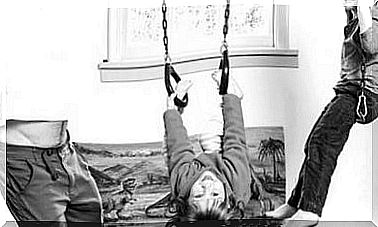Self-hypnosis Session At Home In 8 Steps
Get comfortable, relax and access your subconscious. You can reprogram the mind to change emotions and toxic habits for more positive ones.

Accessing the subconscious through self-hypnosis allows you to activate your healing capacity and improve your well-being, both physical and mental.
Thanks to the suggestion you can increase the pain threshold, control stress, reduce insomnia and improve concentration and memory. It is possible to modify negative emotions and create more positive ones.
How you should speak to your brain in a self-hypnosis session
The brain is your ally and it will help you as long as you have specific goals and speak clearly to it.
The unconscious better accepts positive words in the present and in the first person because this is how it perceives that change is possible, real, and is already taking place.
Always positive, avoid saying “no”, “without”, “neither” and “never”, and words with a negative charge such as “avoid”, “run away”, “cancel” … Express yourself better like this: “I expose my work calmly and concentrated. And every day I feel more confident. “
Make easy. In the same session, you should not ask the brain for several different things. Focus on one. Speak to him in simple language and send short, precise suggestions.
Define and specify what you want, where, when, how and with whom. If you want to feel calm, specify how calm: like when you were on Aguadulce beach listening to the waves or like on those walks among blossoming orange trees under the spring sun …
Make use of repetitions. For example: “Now I feel free, very free, free, now I feel immensely free.”
Always associate your suggestions with a visualization with the five senses and an anchor. Anchors can be words, gestures, pictures, or objects.
Self-hypnosis in 8 steps
Taking into account how the messages that you will transfer to your brain should be, carry out a step-by-step self-hypnosis session.
- Get comfortable, lying down or sitting down, and choose music that calms you down, without voices, like waves.
- Avoid movement, to dominate the mind through the immobility of the body.
- Try to silence the internal dialogue with words like “enough”, “out”, “stop” … To empty your mind, fix your attention on the outside or on your breathing.
- It is very effective to work your breath by directing your eyes upwards, whether they are open or closed. This will activate a specific area of the brain that promotes relaxation.
- To get into deep self-hypnosis, use the mental countdown. You can combine breathing and counting with the imaginary act of stepping down a ladder.
- Now think about the goal to be achieved. Visualize yourself in the context where you must develop the issue that occupies or worries you and send yourself some suggestions.
- Add to your suggestions and visualizations an anchor with which you feel comfortable and identified.
- When you have finished, you can exit self-hypnosis with phrases such as: “when you have rested, you are going to climb the ladder one step at a time”; “your body is waking up, recovering tone, vitality, movement”. You can count from 1 to 10 associating these suggestions with each number.









